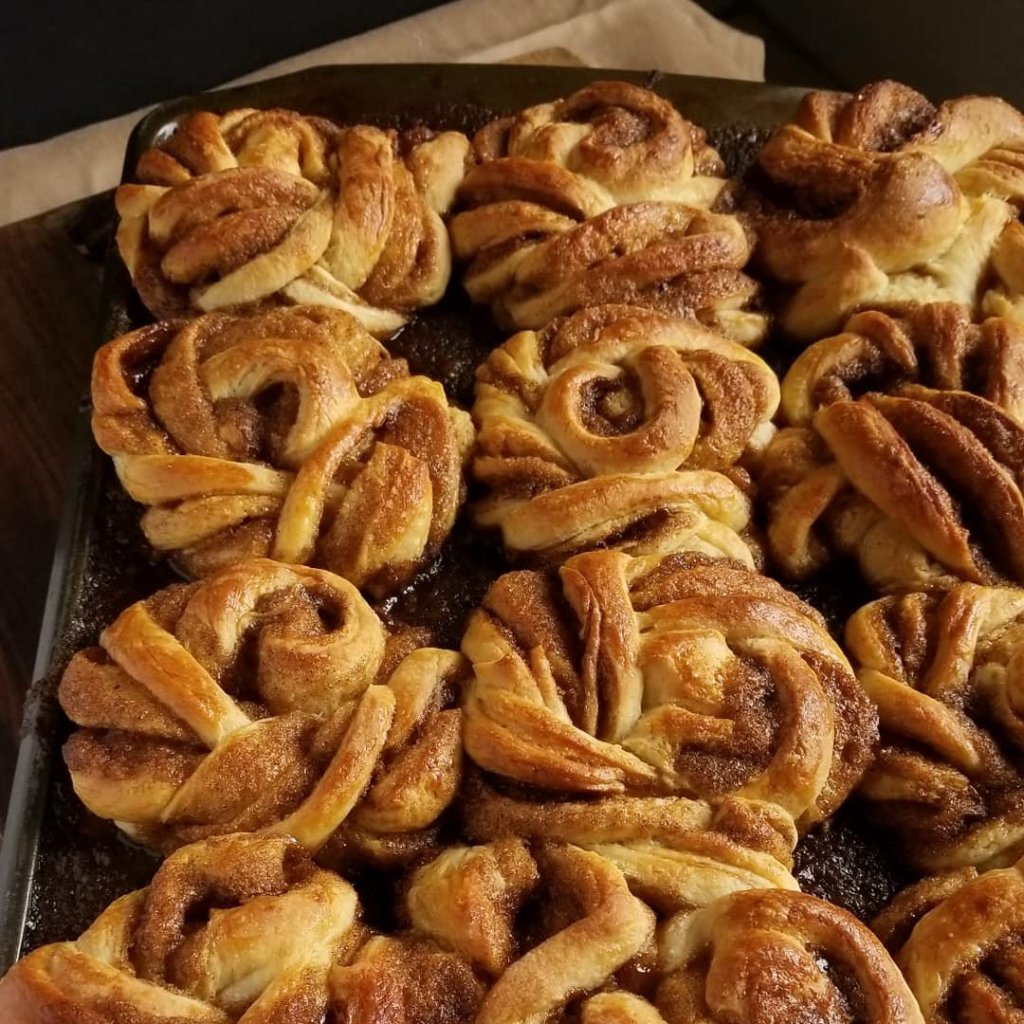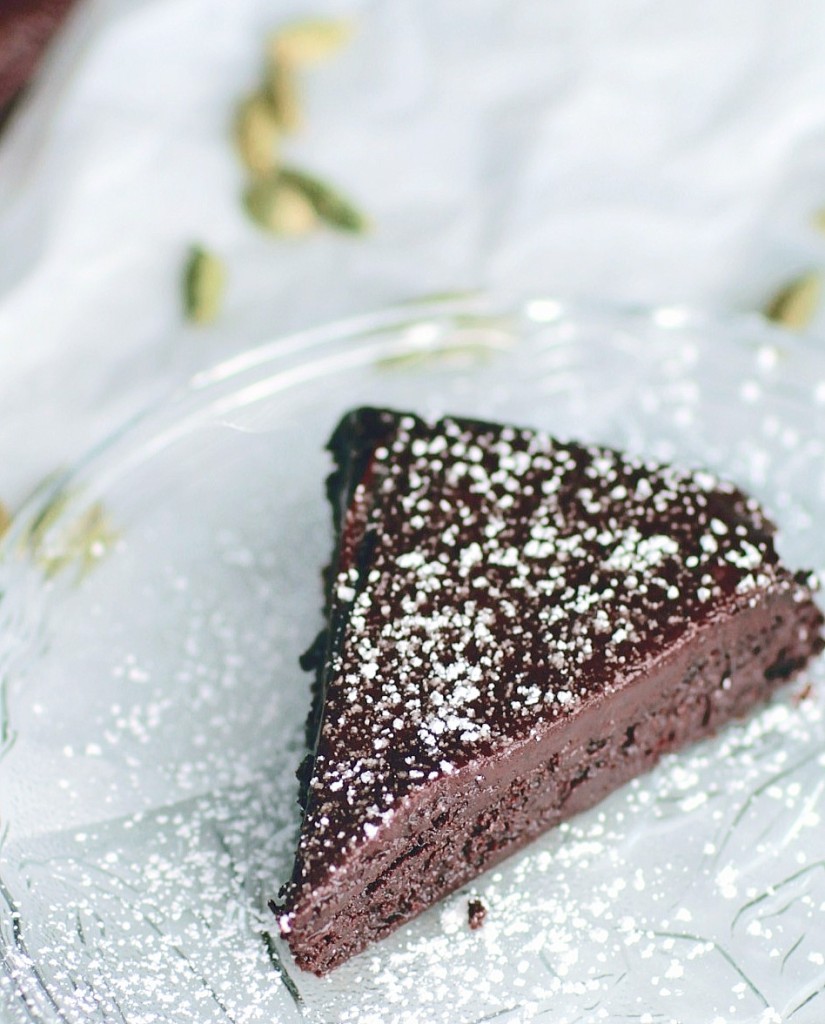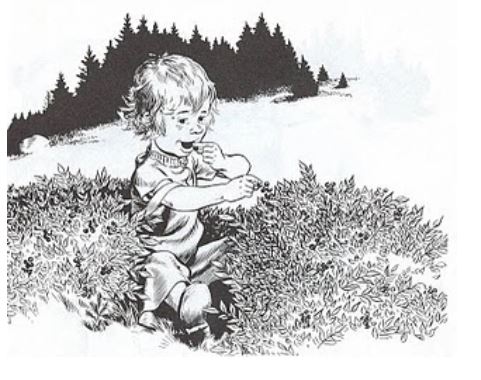
Last Train to Paradise: Henry Flagler and the Spectacular Rise and Fall of the Railroad That Crossed an Ocean, By Les Standiford. 2002. 288 pages.
The story of this robber baron and railroad magnate is not new to me. Florida history has fascinated me for a very long time, and you can’t examine it without repeatedly running into the name Henry Flagler. Nevertheless, when I ran across Last Train to Paradise in a local used bookstore, I couldn’t resist picking it up and giving it a read. Les Standford takes an admirable turn at recounting a most exciting time, not only in Florida’s history but in America’s industrial history.
After partnering with John D. Rockefeller as a founder of the Standard Oil Company, Henry Flagler was a very wealthy man. His life, however, was not without its tragedies. As was common near the turn of the 20th century, a doctor prescribed sea and sun as a remedy for Flagler’s very ill first wife. It was during that time that he first came to the sunshine state. The first Mrs. Flagler eventually died from her illness, but Henry Flagler’s love for the state continued and when he remarried, he honeymooned in St. Augustine. Despite its natural beauty, he found vacation amenities in the state sorely lacking. Being a man of action, Flagler embarked upon the building of an elaborate high-end resort hotel in St. Augustine, The Ponce de Leon. Almost instantly, it was the place for the wealthiest most powerful people in the world to vacation during the winter months.
The hotel still stands today and looks very much as it did back then. Now the site of Flagler College, it is a breathtaking exhibition of craftsmanship, extravagance, and ostentatiousness. We visited for a tour the weekend before the pandemic panic officially began, and the spectacle of that building along with Memorial Presbyterian Church also built by Flagler, never gets old.
In addition to being an oilman, Flagler was also a railroad magnate. It was in the context of his Florida East Coast Railway Company that he became known as “the man who built Florida.” It was also during this time when he became obsessed with building what was popularly known as “Flagler’s folly”, a railroad that ran down the east coast of the state, extending off of the peninsula, with connections all the way to Key West.
Between the swampy, mosquito-infested marshland of the Florida peninsula, the difficult and unprecedented nature of the work, and the repeated setbacks brought on by hurricanes one season after the next, few believed Flagler would conquer the challenges required to fulfill his mission. Last Train to Paradise documents all of the challenges, setbacks, and triumphs that paved the way for Flagler’s ultimate success. Although old and frail at 82 years old, he fulfilled his dream of riding his railway from the peninsula to Key West:
On the afternoon of January 21, 1912, almost 7 years after work on the Key West extension had begun, the project’s equivalent to the driving of the “golden spike” took place. At Knight’s Key, nearly fifty miles north and east of Key West, a bridge foreman threw a switch that closed off access to the trestle curving from the main line toward the temporary docks. For the first time, traffic was open across the Seven Mile Bridge- at the time, the world’s longest continuous bridge- and from there, all the way to Key West. The process of rail building that had begun in 1892 was complete. There were now 366 miles of FEC track linking Jacksonville with Miami, and 156 more connecting Miami to Key West. p.201
It was known at the time as the eighth wonder of the world and with good reason.

The Key West extension operated from 1912-1935 until it was partially destroyed by the Labor Day hurricane of 1935. With sustained winds of 185 mph, the bridge never stood a chance.
Standiford describes the last-ditch effort by FEC to send a rescue train to The Keys, but part of the train was washed away after having picked up a handful of its intended cargo. Somehow the engine compartment, along with the crewman in the engine’s cab survived the battering of a monster wave. The storm was the end of FEC’s Key West extension. However, the state of Florida used the remaining bridge spans as the route for a highway through the Keys. Thousands of tourists use the highway each year to visit the nation’s southernmost city. It’s totally worth the trek.
Despite making it onto the New York Times’ bestseller list, I would still categorize this book as written to a particular niche of readers. Even as a Florida history buff, I found several chapters too heavy with technical information concerning the nature of railroads and the construction of the bridge. I appreciate why the author found important the details of what was at the time, a marvel of modern engineering. It still made for much slower reading than the narratives describing the partnership of Rockefeller and Flagler, and their run-ins with trust-busting Teddy Roosevelt.
Calling Henry Flagler “the man who built Florida” is not hyperbole. That his singular vision transformed a muggy, swamp-filled, mosquito-infested landscape into a highly desirable destination is nothing short of extraordinary. He was a robber baron, an arrogant one at that, but at least he did more than the robber barons of today. He left something behind other than hollowed-out towns and empty factories.
Summertime is approaching, and it’s 90 degrees today in this former mosquito-infested marshland. Well, it’s still muggy and mosquito-infested, but now we have infrastructure and homes with central air conditioning.
3 and 1/2 out of 5 stars

















